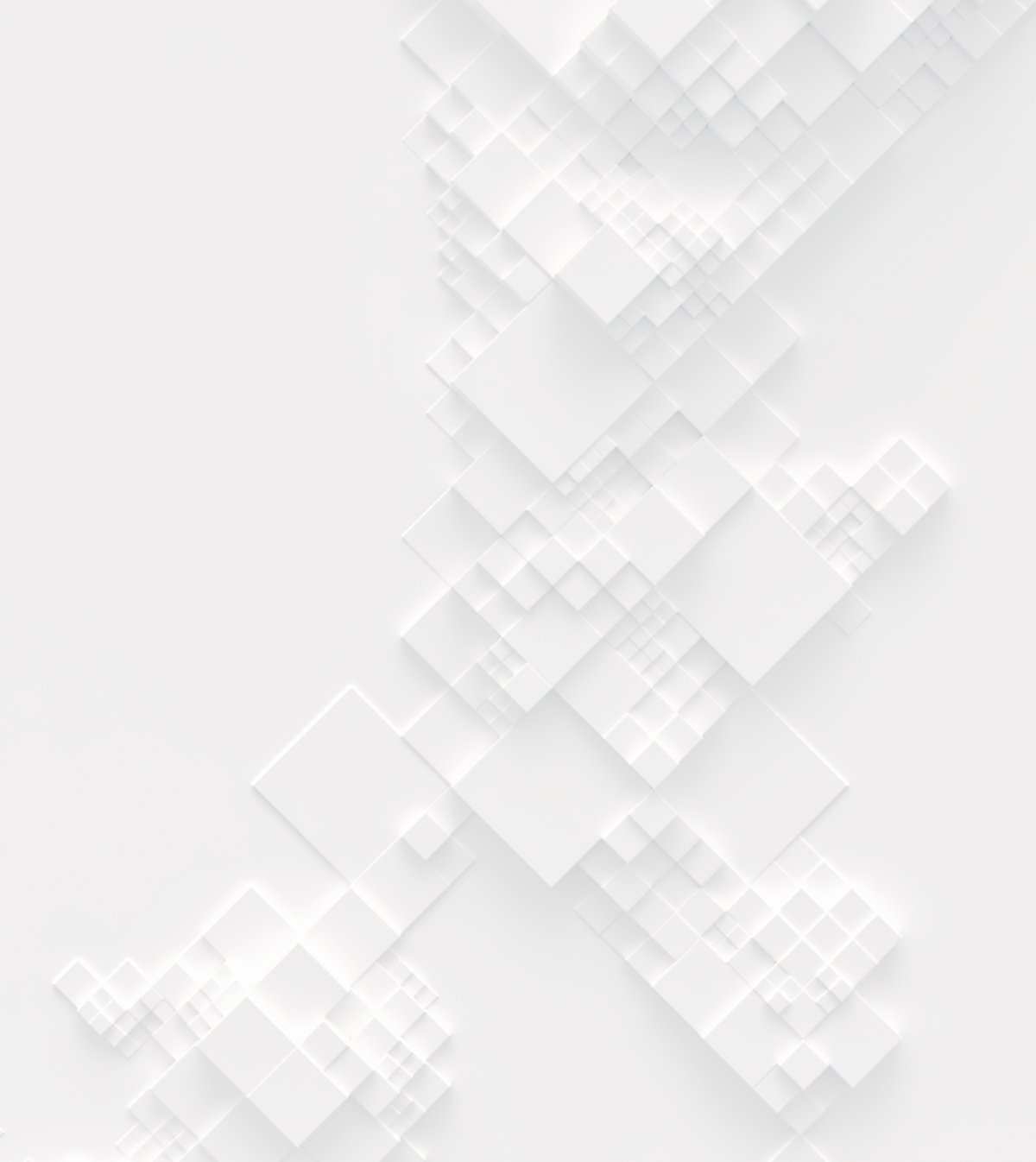We’d like to take the opportunity to introduce you to the winner of one of our Honorable mentions for the “Sydney Affordable Housing Challenge” competition - Antoine Canazzi and Yun-shih Chen from Netherlands!

Yun-shih Chen and Antoine Canazzi from Netherlands
We are a team of two urbanists and architects, who are keen on approaching architecture design through urban thinking.
Yun-shih is a licensed architect from Taiwan, with an information management background. She started her architecture study with Master's degree, and has worked in both a private architecture company as well as the Department of Urban Development in Taipei City Government. She is enthusiastic on the subject of landscape-based design and strategic thinking. She always tries to design architecture as a response and an active engagement to the context.
Antoine has a Master's degree in architecture from Montpellier, France. After travelling through the USA, he studied urbanism, in Venice, Italy, and then in Delft in the Netherlands. He has always cared about social issues within the city and looked at design as research for an answer, through scale, to social determinism.
Both Yun-shih and Antoine joined the European Post-Masters of Urbanism studies after their architecture practices. The EMU program endorsed them with strong research skills and critical thinking. In the next step of their professions, they aspire to synthesize their urbanism and architecture formations, integrate the landscape and social issues in urban and architecture strategy and design.
Brief information about the projects that you/your company have been involved with. For instance what scale have you focused on/preferred, any significant projects where company/ individuals have been involved?
From our experiences, we have participated in a wide scale of projects, from regional planning to interior design, covering diverse topics such as social issues, landscape, economy and mobility. We are therefore capable of through-scale integration and design.
What does architecture mean to you and what is the role of an architect in your society?
Architecture cannot stand without land, neither could it be meaningful without people. For us, the most important thing in planning/designing is the integration of contexts, both in terms of landscape and socio-economic issues.
Architects today are not just building designers, they are part of the designers that intend to integrate these contexts. The needs of collaboration between different disciplines due to the intricate relationship between complex issues, can no longer be neglected. We believe the capacity of architects to synthesize is their main role in today's society.
Why do you participate in architecture vision competitions?
During the twentieth century, the topic of housing construction at affordable costs was tackled by industrialization of the production process and the use of cheap concrete. The structural capacity of the concrete opened new reflections about flexibility in our cities, released from their programmatic strictness. This freedom was understood as a capacity for a model to be adapted everywhere beyond territorial context.
However, the housing crisis is a persistent problem that reached another peak these last few years. For the Sydney Affordable Housing competition, we were required to specifying research for a flexible and adaptable model. An easy way to push back in the track of the modern thought.
However, the 21st century has more to offer than a fancy repetition and should question the cost of a building more than its construction cost. In a territory segregated, car-dependent and suffering from severe drought and flooding, affordability cannot be split from an adapted urban strategy targeting potential sites according to their access to public transport, the rent/mortgage compared to the household average income, the type of material they are composed of and their location regarding the flood risk. Making the project fit in with an urban strategy means also putting into perspective the short term and long term cost, as well as the collective and individual one. How could a building reduce individual cost? By sharing more collective functions. How does it reduce AC energy consumption and water consumption costs? By storing and reusing available water, and reducing flood risk in the area.
Finally, the flexibility and adaptability of the model proposed is related to general contextual issues of the Sydney metropolis. Tackling them means to think about collective affordability as much as individual affordability. This isn’t just about collective life and delicate architecture, but a sustainable system and design method targeting the context of Sydney.
What advice would you give to individuals who struggle to decide whether it would be beneficial for them to participate in architecture vision competitions?
It is a good chance to train critical thinking and creativity. If you work in teams, it is also important to sharpen your ideas via debating, and implement them in design. Finally, to present the project is another practice of communication. The whole process gives you a nice opportunity to formulate your argument in answering an architectural question. If you are enthusiastic about design, it will be exciting!
Top 3 Reasons Why You Should Enter Architecture Competitions
Curious about the value of architecture competitions? Discover the transformative power they can have on your career - from igniting creativity and turning designs into reality, to gaining international recognition.
Learn more


























